Cog-like interactions seen between molecules in ‘smallest droplet’ of water
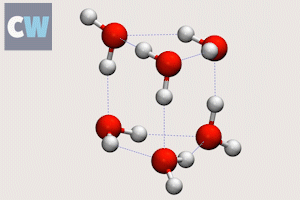
Researchers have discovered an intriguing new phenomenon in the ‘smallest droplet’ of water possible – just six water molecules. When almost all the energy is sucked from the system, rendering the molecules essentially static and lifeless, pairs of molecules can break their hydrogen bonds and flip their orientation by using a previously unseen quantum manoeuvre. The move involves a coupled quantum tunnelling event, where two molecules act as if they are two cogs meshed together – as the tunnelling rotates one molecule, it simultaneously rotates its neighbour.
In liquid water, the molecules are constantly dancing and jiggling, breaking and re-forming hydrogen bonds. However, if energy is pulled out of the system by cooling, eventually there is insufficient energy to permit ‘classical’ swapping of hydrogen bonds. However, it is known that in these circumstances hydrogen bonds can break through quantum tunnelling.
‘People have looked at hydrogen bonding in smaller clusters of up to five water molecules, but these are two-dimensional,’ says team member Jeremy Richardson of the University of Durham in the UK. ‘The smallest water cluster that forms a three-dimensional network consists of six molecules. We want to understand how hydrogen bonds work in a network, because the forces involved in these three-dimensional clusters will be the same as in the bulk.’
Tunnelling has been observed previously in smaller clusters, but with only one tunnelling event at a time. It was assumed this was the most that could be ‘allowed’.
In the experimental part of the new work, the researchers used high resolution rotational spectroscopy to probe the rotation of individual water molecules in the hexamers under low energy conditions. ‘We can see two types of reorientation occurring,’ says Richardson. ‘One where only one hydrogen bond is broken, but also where two bonds are broken.’
Theoreticians in the team used a technique called the ring polymer instanton method to pinpoint the optimal tunnelling pathway in the cluster. This confirmed that a coupled tunnelling event was feasible. The simulations showed that the two tunnelling events are interlocked in a geared motion: when one molecule breaks its hydrogen bond and rotates, it is coupled to another molecule and the pair move in a smooth, cog-like action (see video).
Commenting on the study, Richard Saykally, an expert in hydrogen bonding at the University of California, Berkeley in the US, says: ‘This elegant combination of novel microwave spectra with instanton quantum simulations provides a state-of-the-art characterisation of the concerted quantum tunnelling that breaks two hydrogen bonds in a 3D hydrogen bonded network. Combined with earlier cluster results characterising the tunnelling affected by the breaking of a single hydrogen bond, this adds unprecedented insight into the complex dynamics occurring in liquid and solid water.’
References
J O Richardson et al, Science, 2016, 351, 1310 (DOI: 10.1126/science.aae0012)
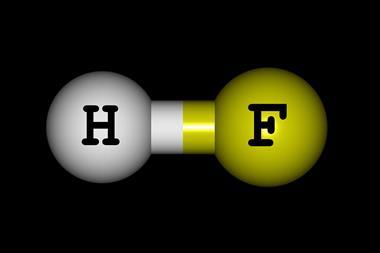
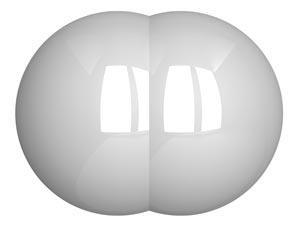
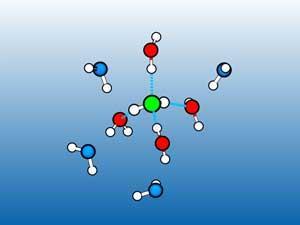
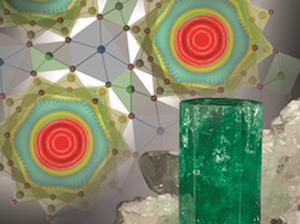








No comments yet